Gas Oven Repair – Tips and Advice
When a gas oven stops working, half of the cooking gets interrupted. Living on salads and microwave meals isn't an option; the oven must be fixed.
A broken oven can stem from a number of sources. While some issues need a gas oven repair specialist's attention, others can be tackled by homeowners. Here's advice on basic repairs that can be done at home:
Replace the door gasket
The door gasket can get damaged over time, allowing heat to seep out of the oven. An oven door should be almost cool to the touch if the gasket fits properly; if not, this may be the issue. Test it carefully, without touching bare skin to the oven door in case it is hot.
Most often, the gasket sits on the oven frame, with the door pressing against it. If so, replacement is simple for homeowners to do themselves. However, other types of gaskets shouldn't be replaced without expert help.
To replace a frame-mounted gasket:
Remove the old gasket from its channel (some screws might need removing).
Clean the channel and frame well. A tidy channel helps the new gasket fit right.
Place the new gasket in the channel, starting from the top and moving down the sides. Make sure the gasket ends meet at the bottom and fit tightly against each other.
Replace the oven control
An oven that heats unevenly or stops heating before reaching the set temperature may have a faulty control, timer, or thermostat. The oven control is the easiest to address and often solves the issue. To replace an oven control follow these steps:
Take off the round control knob.
Remove the service panel. Some need a back panel taken off first.
The control setting is behind the knob and is held by a few screws.
Simply remove screws and place the new control in the same spot.
Replace screws and panels, and fit the knob back in place.
Calibrate the oven thermostat
If the oven doesn't heat effectively, the thermostat could be the problem. First, determine how many degrees off the actual temperature is from the desired setting. Place an oven thermometer on the middle rack and wait 20-30 minutes to check. If there's a difference of 25 degrees Fahrenheit or more, follow these steps to calibrate the thermostat:
Take off the thermostat dial. Behind it, there will be screws holding a notched plate. Loosen these screws without removing them.
Adjust the notch using a screwdriver. Turning ⅛ counterclockwise adds 25 degrees Fahrenheit, and the opposite direction decreases it.
In some cases, a screw inside the thermostat control can be adjusted. Find this screw inside the knob's shaft. Turn the screwdriver inside. As mentioned, ⅛ of a counterclockwise turn changes the heat by 25 degrees Fahrenheit.
If calibrating the thermostat does not restore function, it can be tested with a multimeter (also known as a VOM). Here’s how:
Reach the thermostat by opening the back service panel. It will be on the control panel directly behind its respective dial. Use the VOM on the RX1 scale.
Disconnect one lead wire from the thermostat terminal and connect the probes to both thermostat connectors. A working thermostat should show zero on the VOM. A higher reading means it needs replacing.
Disconnect the terminal wires and remove the control knob from the front to replace the thermostat.
Next, remove the screws holding it in place, similar to the process in the oven control replacement.
Notice that some ovens will have a wire running into the oven directly from the unit. It operates a sensing bulb held in a bracket that needs to be unscrewed to remove the bulb. Then, install the new thermostat.
Always remember to consider safety first! Only use parts designed for the make and model of the oven, and make sure it is unplugged from gas and electric outlets. For bigger issues that require a gas oven repair specialist, contact a trusted appliance repair service.
Freedom Appliance of Tampa Bay has 13 years experience in providing professional refrigerator and freezer repair, dishwasher repair, microwave repair, oven, stove, and range repair, washing machine and dryer repair, and other small appliances repair. We also specialize in kitchen and laundry appliance installation and dryer duct cleaning. .Call 813-302-7672 today!

